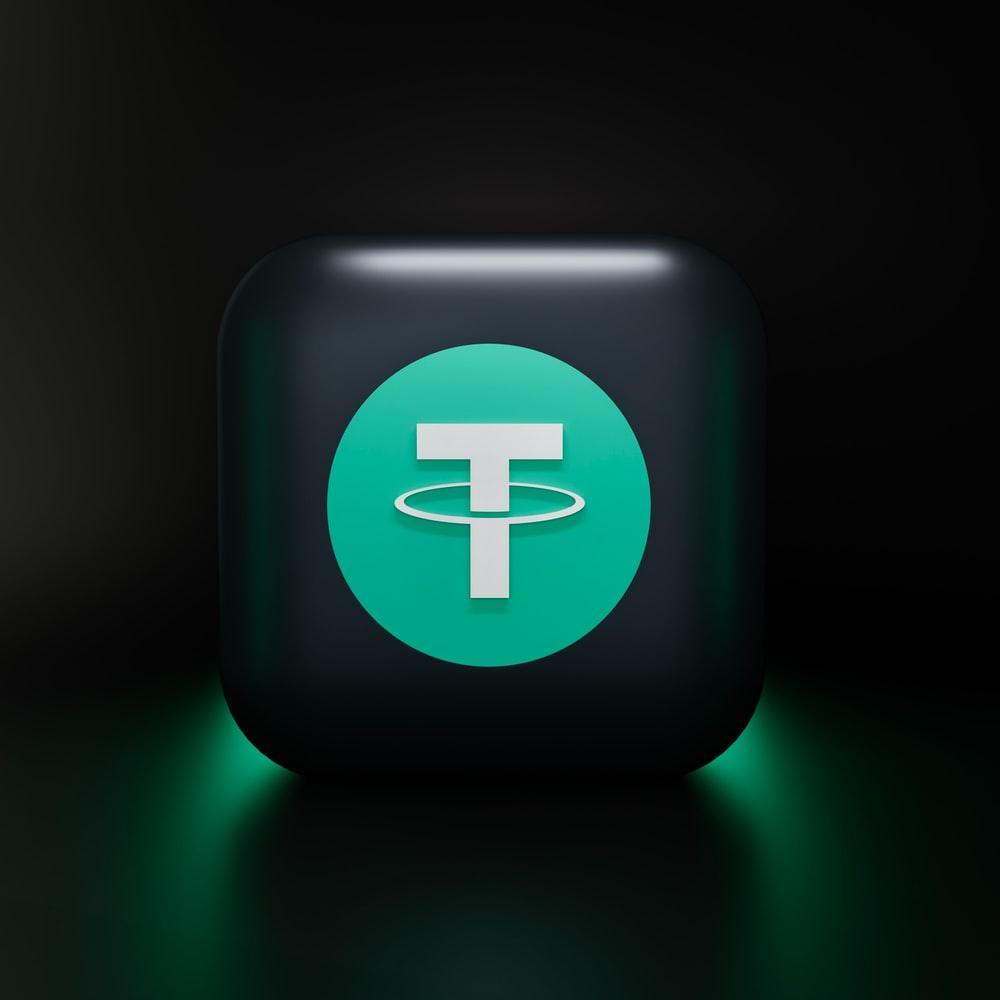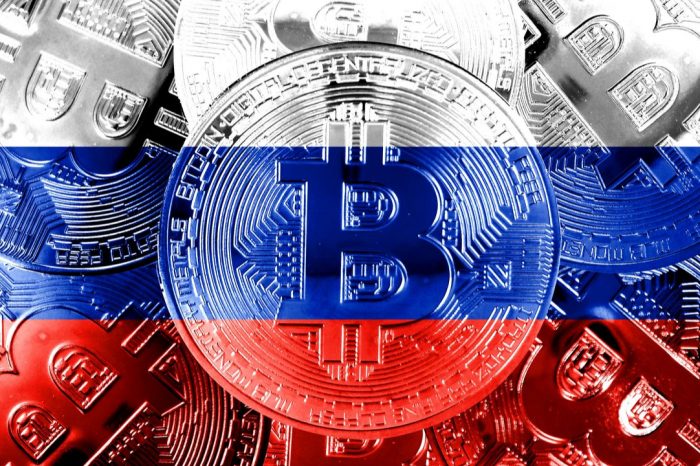All You Should Know About Tether, the Largest Stablecoin

Tether (USDT) is a unique crypto asset that illustrates “stability” in the volatile digital currency arena. It is a blockchain-based stablecoin pegged to the US Dollar, which theoretically reflects the price of 1 USD.
Tether is acclaimed as one of the most popular and widely-traded cryptos with average 24-hour trading volumes of approximately $50 billion, much higher than Bitcoin and Ethereum. Moreover, with a market value of over $73 billion, this stablecoin is ranked as the third-largest cryptocurrency per market capitalization.
Note that this comprehensive activity surrounding Tether is primarily attributable to its adoption as a “safe haven asset” and “hedging medium” by millions of crypto investors and traders worldwide. Several crypto exchanges like TraderCryptoX also integrate USDT tokens to assist traders in adding stability to their crypto portfolios amid secure conditions.
A brief history of Tether
The coin was launched in 2014 as “Realcoin” and later changed to Tether. At the time of its launch, it received significant recognition as a revolutionary system that could tackle the instability of traditional crypto markets. The Tether project also received extensive attention due to its well-known and famous three co-founders, namely Brock Pierce, Reeve Collins, and Craig Sellars.
Tether was released as a secondary framework (Layer-2) cryptocurrency token built on top of Bitcoin’s blockchain (Omni layer). However, USDT was later modified to work on other blockchains, including Ethereum, Tron, EOS, OMG, and Algorand. Also, it is worth noting that Tether entered the crypto domain with a three-stream design where the first coin was USTether (pegged with USD), the second one was linked with the Euro, and the last coin mirrored the Japanese Yen.
How does Tether work?
According to its Hong-Kong based parent company, Tether, the coin’s peg is maintained by cash reserves, treasury bills, and commercial papers equal in USD value to the total USDT in circulation. The company issues new USDT tokens corresponding to the amount of USDT added to its reserves, ensuring that tangible assets backing each USDT are registered on the blockchain.
Although Tether has faced several criticisms regarding its role in Bitcoin’s price manipulation, insufficient backing reserves, and “centralized” nature, this stable coin is here to stay since it enjoys a broad user base and traders’ confidence.

Source: https://unsplash.com/photos/TZBoRaASr74
Tether’s potential – What makes it unique?
While Tether does not hold worth as a “store of value” because its price cannot increase over time, it shines in various other areas. For example:
- It is helpful as a transferring medium because its value remains the same during the process, guarding traders against crypto volatility.
- It serves as a great alternative to fiat currencies for purchasing cryptocurrencies during periods of market volatility, allowing people to save time and fees.
- By storing Tether on some crypto exchanges, users can avail high and significantly more attractive interest rates compared to what traditional banks offer.
Considering Tether’s high demand and acceptance, many crypto exchanges offer USDT tokens to their clients. TraderCryptoX, for example, allows users to easily buy, sell, and exchange Tether with lightning-fast execution.
Discuss this news on our Telegram Community. Subscribe to us on Google news and do follow us on Twitter @Blockmanity
Did you like the news you just read? Please leave a feedback to help us serve you better
Disclaimer: Blockmanity is a news portal and does not provide any financial advice. Blockmanity's role is to inform the cryptocurrency and blockchain community about what's going on in this space. Please do your own due diligence before making any investment. Blockmanity won't be responsible for any loss of funds.














